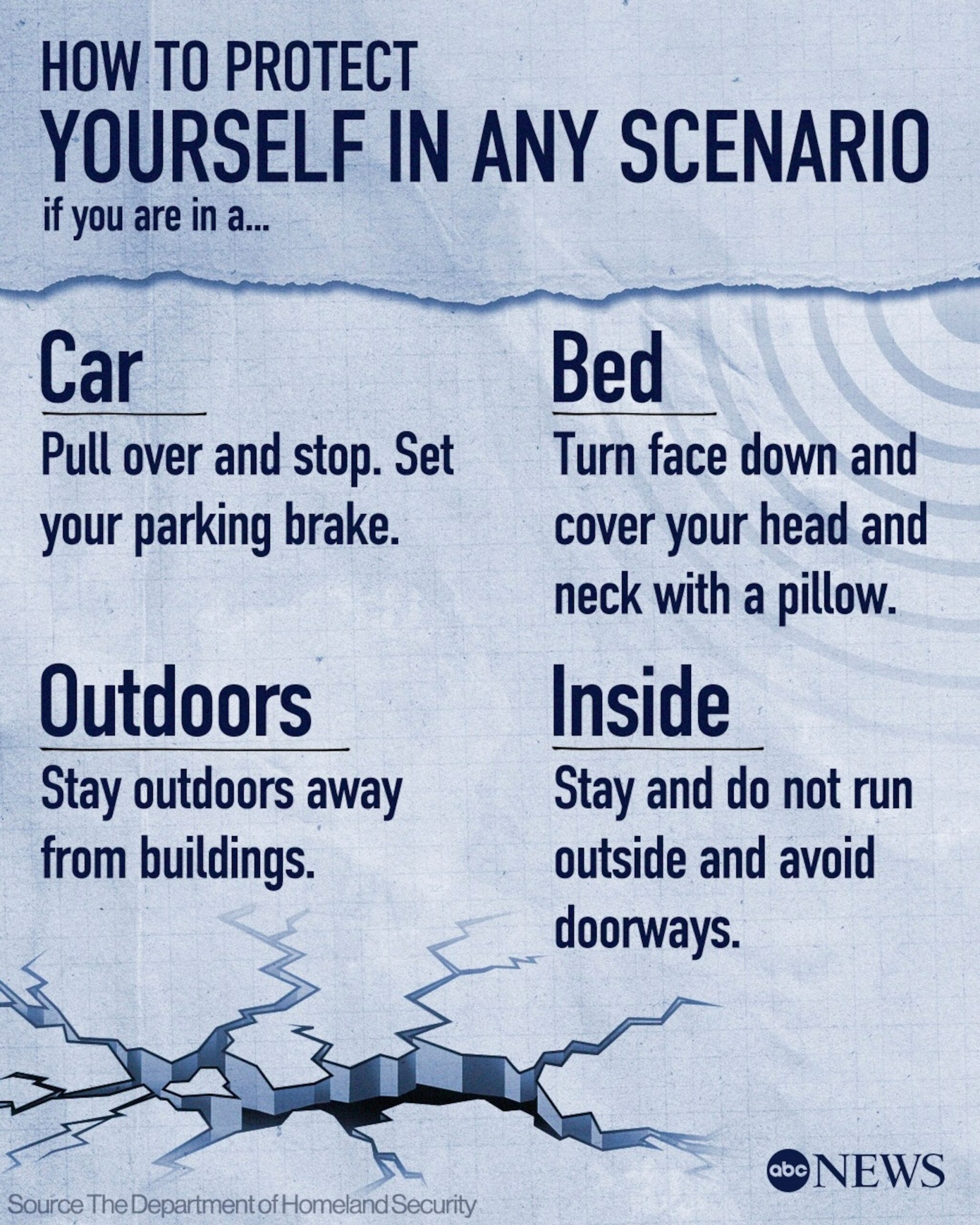Earthquakes, though unpredictable, can occur without warning, leaving residents in a state of panic. Particularly for those living in multi-story apartments, understanding how to respond during these seismic events is not merely advisable but essential for your safety. This guide aims to furnish you with actionable insights and strategies to stay safe and prepared when an earthquake strikes your apartment.
Understanding Earthquakes
Before delving into safety protocols, it’s imperative to grasp the nature of earthquakes. These natural phenomena result from the abrupt release of energy in the Earth’s lithosphere, manifesting as ground shaking. The magnitude can vary significantly, affecting how one should respond. An earthquake’s epicenter, depth, and surrounding infrastructure all play a crucial role in dictating potential dangers.
Pre-Earthquake Preparations
The foundation of earthquake safety begins far before the ground starts to tremor. Proactive measures can significantly mitigate risk. Here are key steps to prepare your apartment for a possible earthquake:
- Secure Your Belongings: Identify heavy furniture, appliances, and decorations that can become hazards when shaken. Wall-mounting shelves, securing furniture with brackets, and rearranging fragile items to lower shelves can be effective strategies.
- Create an Emergency Kit: Assemble a comprehensive emergency kit containing essentials: water, non-perishable food, a flashlight, batteries, first aid supplies, and any necessary prescription medications. Remember to include a whistle to signal for help if needed.
- Develop a Safety Plan: Plan your course of action with all household members. Identify safe zones within your apartment where you can take cover—under sturdy furniture or against interior walls, away from windows and heavy appliances.
- Practice Drills: Regularly rehearse your emergency plan to ensure that everyone knows their role during an earthquake. Practice timing your responses and getting to your safe spots quickly.
During an Earthquake: Your First Response
When the earth begins to shake, your reaction is crucial. Follow these guidelines to maximize your safety:
- Drop, Cover, and Hold On: This mantra is vital. As soon as you feel shaking, get down on your hands and knees (the “drop” phase). This position protects you from being knocked over while allowing you to crawl to safety. Then, cover your head and neck with your arms or seek shelter under a sturdy desk or table (“cover”), and stay there until the shaking stops (“hold on”).
- Avoid Doorways: Contrary to popular belief, doorways are not the safest places during an earthquake. Modern doorways are often not structurally reinforced, and you could be struck by a swinging door or falling debris.
- Stay Indoors: If you’re inside, remain there. Do not run outside during the shaking, as external hazards like falling glass, bricks, and other debris pose a greater risk.
- Stay Away from Windows: Glass can shatter during tremors, creating a perilous environment. Keep a safe distance from windows, mirrors, and anything made from glass.
Post-Earthquake Actions
Once the shaking subsides, the situation may still pose risks. Understanding what to do next is equally important:
- Assess for Injuries: Check yourself and others for injuries. Provide first aid as necessary and call for medical assistance if someone requires help.
- Inspect for Hazards: Look for gas leaks, fires, or structural damage. If you smell gas, evacuate the building immediately and contact the gas company.
- Prepare for Aftershocks: Aftershocks can occur and may be strong enough to cause further damage. Stay alert and be ready to drop, cover, and hold on again if you feel additional tremors.
- Communicate: Use text messages rather than calls to communicate with friends and family. Phone lines can be overwhelmed after a major earthquake, and text messages have a higher chance of going through.
Long-Term Safety Strategies
Preparation need not be a one-time endeavor. On the contrary, implementing long-term safety strategies increases your resilience:
- Regularly Update Your Emergency Kit: Ensure that your emergency supplies remain stockpiled and up-to-date, replacing expired items and incorporating any new needs into your kit.
- Stay Informed: Keep abreast of seismic activity in your region. Familiarize yourself with local emergency management services and resources.
- Community Engagement: Participate in community drills and preparedness programs. Engaging with neighbors can foster a supportive network where preparedness and response skills can be shared.
In Conclusion
In living spaces where the potential for earthquakes looms, understanding how to stay safe and ready is a blend of preparation, education, and action. By securing your environment, honing your response skills, and leveraging community resources, you can transform an apartment into a bastion of safety during natural calamities. Earthquakes may strike without notice, but your readiness can make all the difference. Stay safe; stay prepared.
